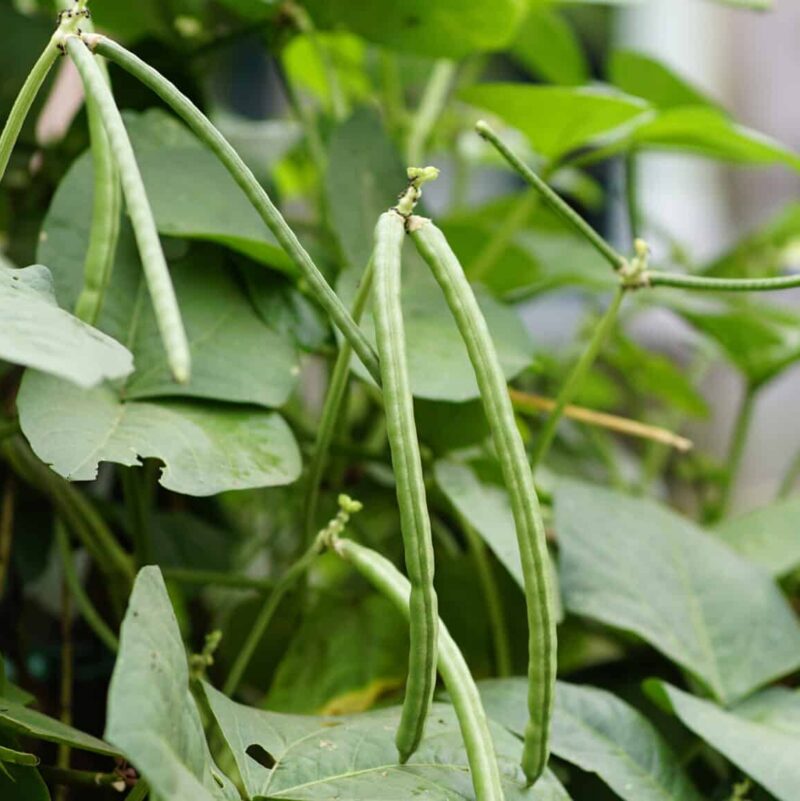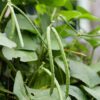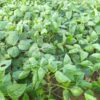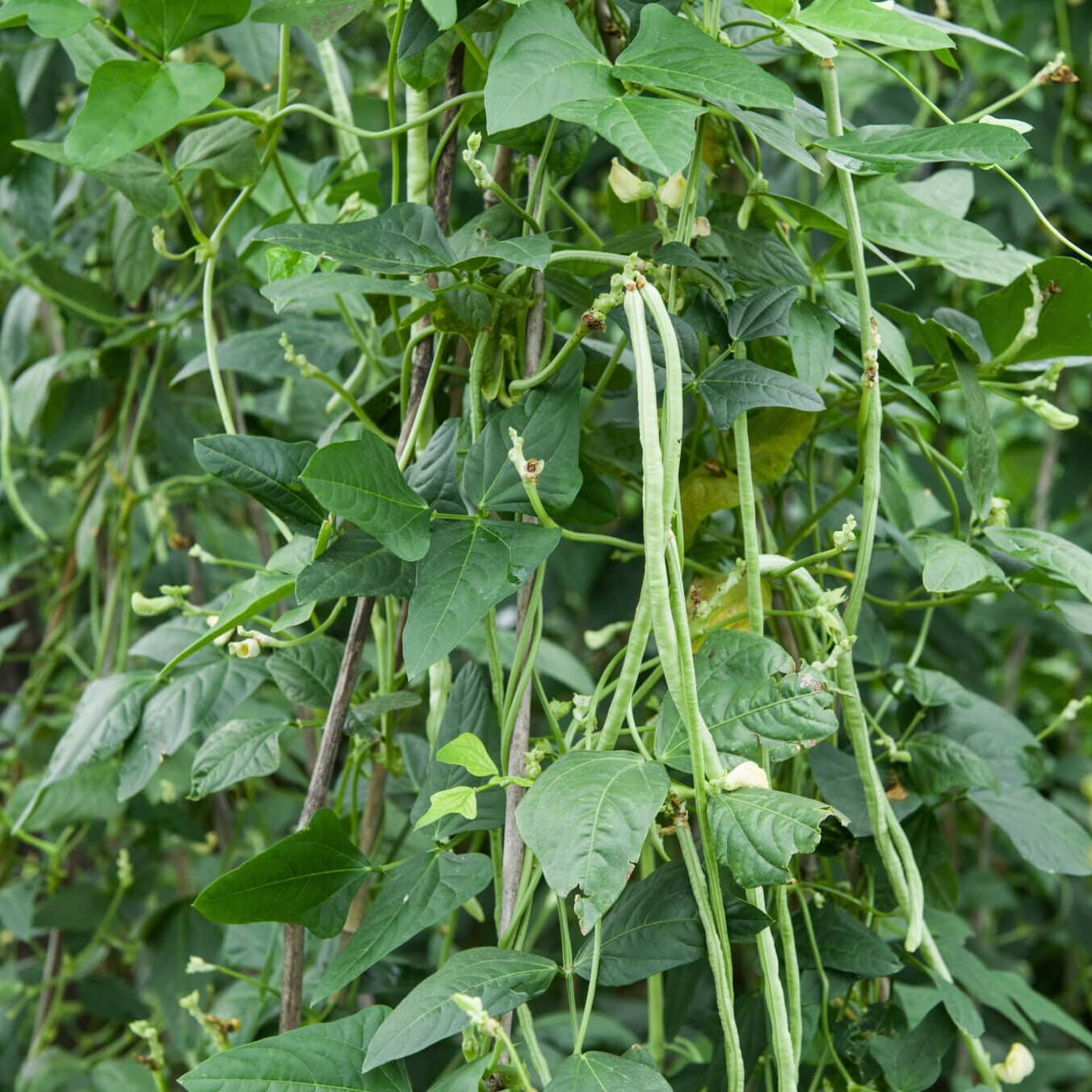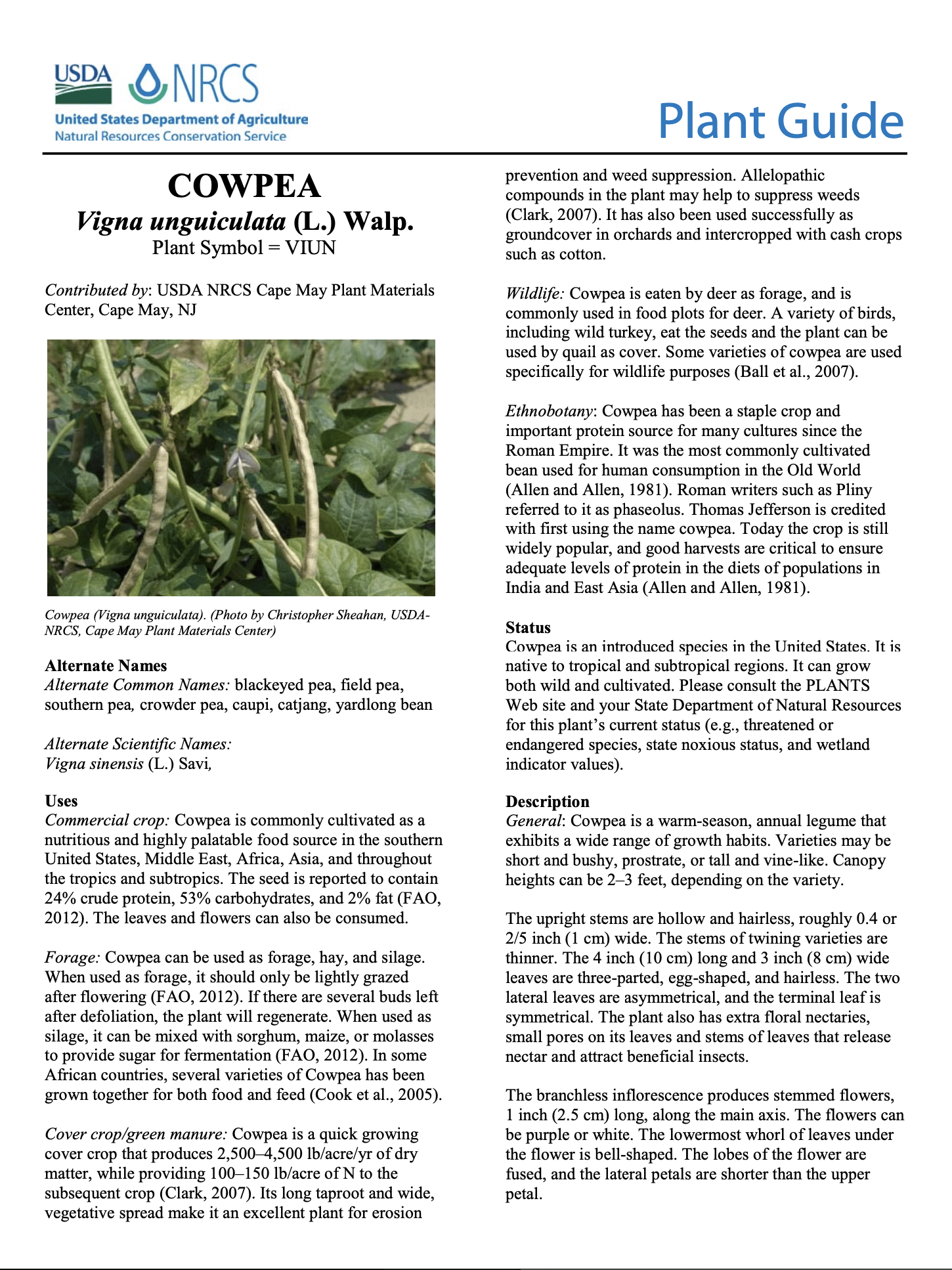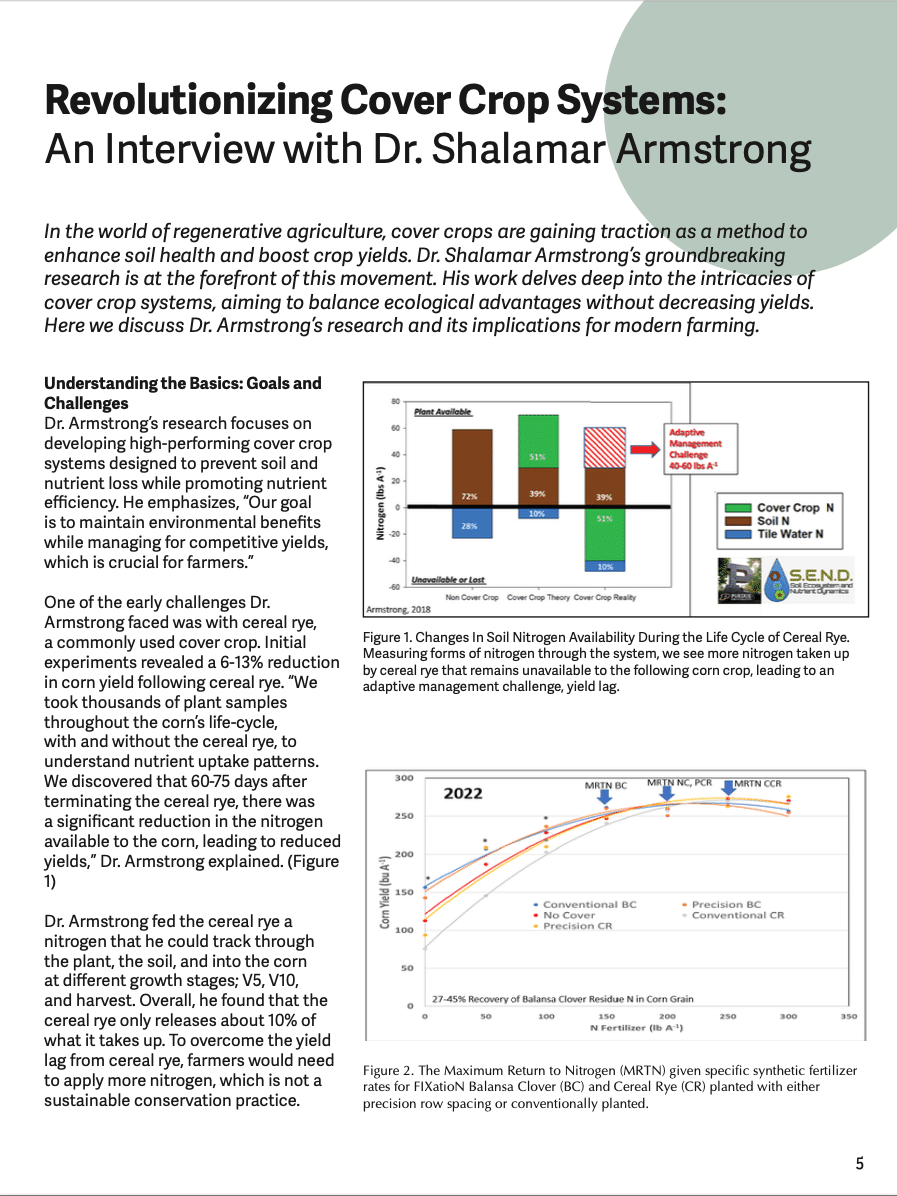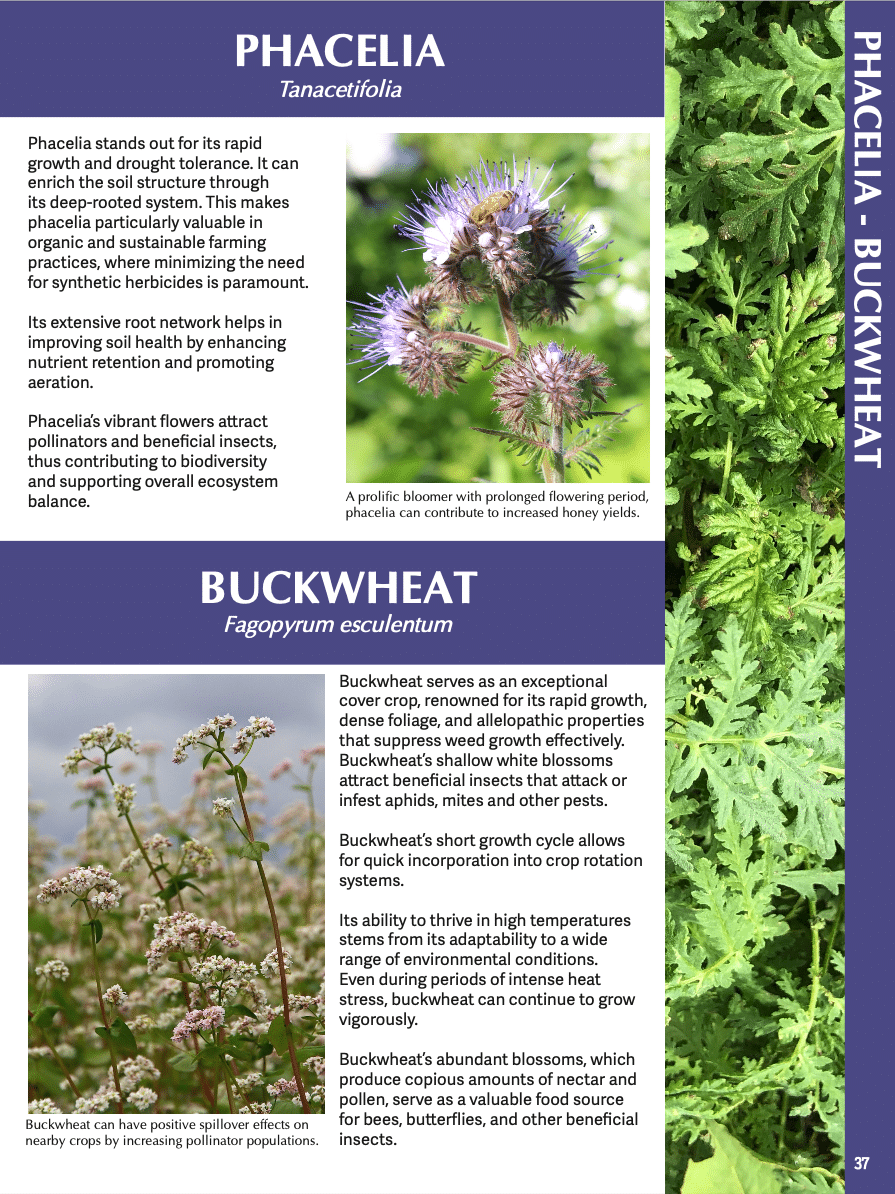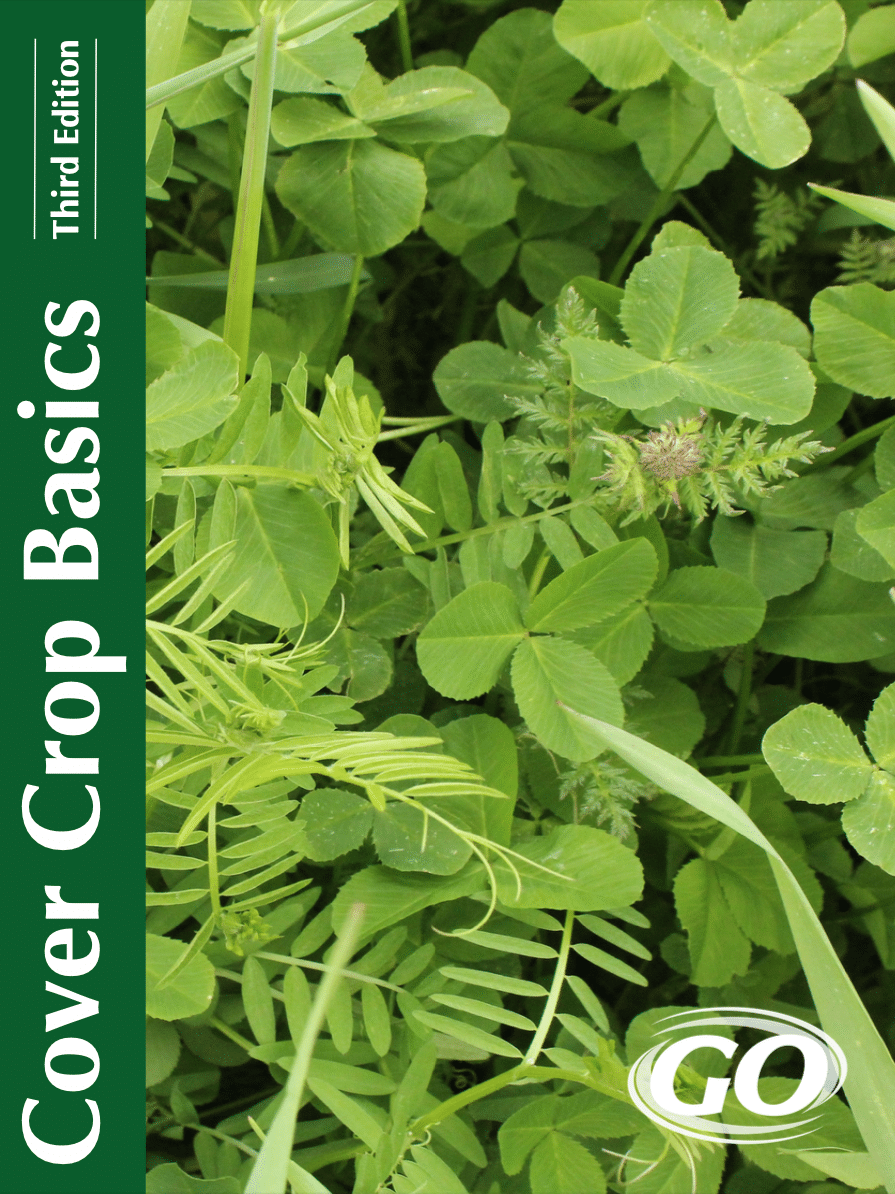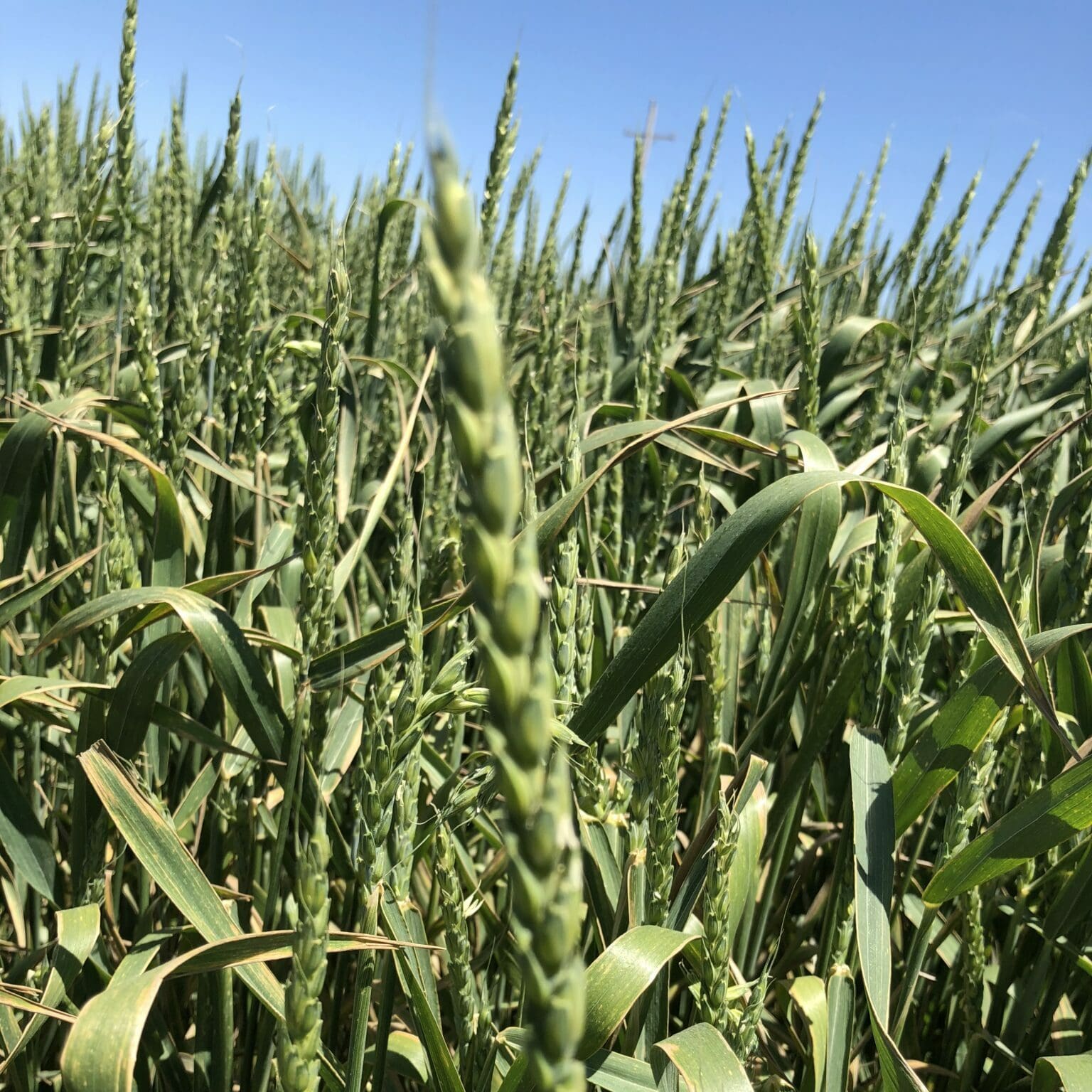Cow Peas
- Excellent source for nitrogen fixing
- Drought tolerant
- Good for weed suppression
- Performs best in wam temperatures and wells drained soils
- Provides high quality forage that can be hayed or grazed
- Excellent companion for cover crop mixes
Min. to Max. Annual Precipitation
36in.
Average Max. Height
Cow peas are an introduced, warm-season annual legume known for their drought tolerance, nitrogen-fixing ability, and versatility in agriculture. It is native to tropical and subtropical regions. It can be produced in semi-arid and dry savannas.
General Description:
Cowpeas (vigna unguiculata) are an introduced, warm-season annual legume known for their drought tolerance, nitrogen-fixing ability, and versatility in agriculture. It is native to tropical and subtropical regions. It can be produced in semi-arid and dry savannas. Cowpeas thrive in warm temperatures and grows well in sandy, loamy, and well-drained soils. Cowpeas with their deep tap root make it a great choice for a weed suppresser, improving soil health and prevent erosion.
Uses:
Cowpeas are commonly used for forage, hay, silage, cover cropping, and wildlife food plots. When grazed cow peas should be lightly grazed after flowering.
Planting Conditions:
Vigna unguiculata require well-drained soils. It does not survive well with flooded conditions. Cowpeas prefer slightly acidic to neutral pH (5.5-7.0) It produces high protein forage (24% crude protein) that is palatable for livestock and wildlife.
Best time to plant cowpeas is after the last frost date and when soil temperatures are above 65 degrees (typically late May through mid June) with day time temperatures around 80 degrees. Cowspeas germinate quickly and the young plants are robust. They typically mature in 60-90 days. Seeds should be sown at 1 to 2 inches deep.
Planting Instructions:
As a Monoculture:
30 lbs/acre drilled
85 lbs/acre broadcast
In Mixes:
10-15 lbs/acre drilled
40-45 lbs/acre broadcast
*** For more info, please click the “Quick Plant Facts” tab above or visit: USDA Plant Guide
Cowpea NRCS Plant Guide and Fact Sheet
Cowpea NRCS Plant Guide and Fact Sheet
PDF version of NRCS Plant Guide & Fact Sheet
Prepared By: Tony Bush USDA NRCS Rose Lake PMC East Lansing, Michigan
Dan Ogle USDA NRCS Idaho State Office Boise, Idaho
Loren St. John USDA NRCS Aberdeen PMC Aberdeen, Idaho
Mark Stannard USDA NRCS Pullman PMC Pullman, Washington
Dr. Kevin B. Jensen USDA ARS Forage and Range Research Laboratory, Utah State University, Logan, Utah
Species Coordinator: Mark Stannard USDA NRCS Pullman Plant Materials Center
Pullman, Washington
Cover Crop Basics
An informative, authoritative guide to cover crops. Very comprehensive, and covers all geographic regions of the USA. Published by GO Seed.
Who is Great Basin Seed?
Great Basin Seed is a seed company that specializes in seed sales and consultation for home, ranch, farm, range and reclamation. We have been a leader in the seed industry since 1974.
Our History
We've been in the seed business since 1974.
What We Offer
We offer seed for home, farm, ranch, range and reclamation projects.
Meet the Gang
We have the best employees in the world! We are proud of the work they do, and trust them to serve you!
Right: Company founder Lloyd and his wife Paula Stevens in a wildflower seed production field circa 1977
Quick Plant Facts
| Common Name: | Austrian Winter Peas, Winter Peas or "Field Peas" |
|---|---|
| Scientific Name: | |
| Lifespan: | |
| Origin: | |
| Plant Type: | |
| pH Tolerance: | |
| Seeds per Pound: | |
| Growth Height: | |
| Root Form: | |
| Planting Rate: | |
| Min. Precipitation: | |
| Best Time to Sow: | |
| Max Sowing Depth: | |
| Growth Season: | |
| Sun & Shade Tolerance: | Full Sun |
| Elevation of Occurance: |
